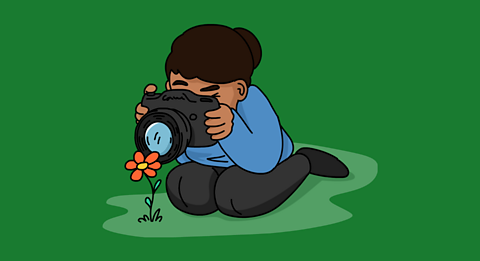Key facts about Julia Margaret Cameron

Julia Margaret Cameron was a British photographer. She was born in India in 1815 and died in 1879.
She is one of the most important and creative portrait photographers of the 19th Century.
She took many portrait photographs of well-known Victorian people.
She also stagedSet something up to look a certain way. portraits of characters from myths and stories.

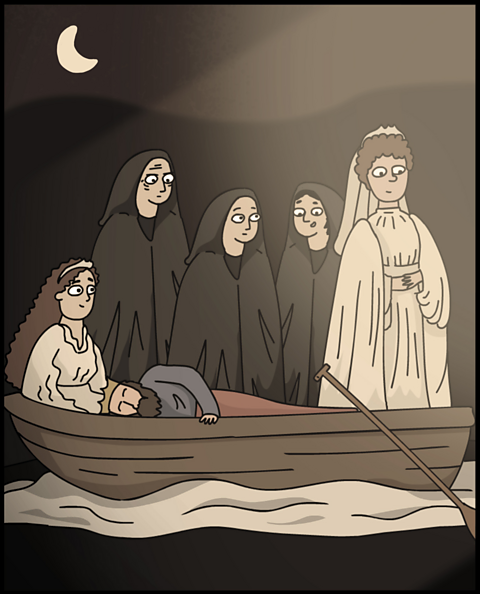
Cameron started photography at the age of 48, after her daughter gave her a camera as a present.
She deliberately left mistakes in her photographs that other photographers of the time might have removed.
Her portraits have a soft, dream-like style to them that was new for photographs at that time.
She used light and shadow to show the mood and feelings of the sittersThe people sitting to have their portrait taken..
Watch: Who was Julia Margaret Cameron?
Learn more about the life and work of Julia Margaret Cameron
Narrator: Julia Margaret Cameron was born in 1815 in Kolkata, India.
Her parents were very rich and she travelled the world with her family.
As an adult, Julia moved to England.
For years, she enjoyed all types of art and wrote poetry.
When she was forty eight years old she was given a camera by her daughter.
This is where her journey into portrait photography began.
Julia was often inspired by medieval legends and poetry, Bible stories and art from ancient Greek and Roman times.
While other photographers were trying to make the perfect, bright, sharp focus photo, Julia would experiment, creating soft focus, dream-like effects.
She would even add scratches to the photo. This made them look more like portrait paintings than a photograph.
She experimented with different costumes, as well as lighting, and shadows. Julia Margaret Cameron took risks with her art and created a new style of portrait photography we still use today.
Photographs by Julia Margaret Cameron
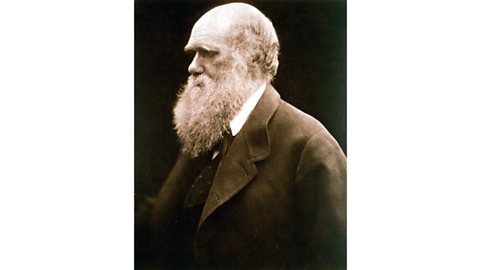
Image caption, This is a photograph of the English naturalist, geologist, and biologist, Charles Darwin. Cameron took it at her home in the Isle of White in the 1870s. It is said that Charles Darwin thought this was the best photograph ever taken of him. She took photographs of many famous Victorian people.
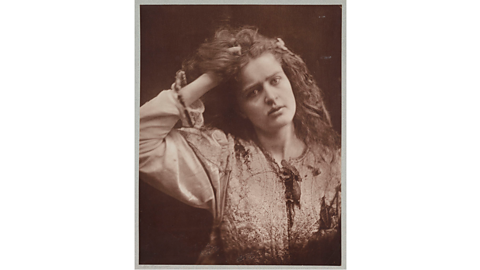
Image caption, In this photograph from 1874, Cameron has staged her sitter to look like the character Ophelia from Hamlet by William Shakespeare. Julia Margaret Cameron had a love of Shakespeare. She often created his characters in her photographs.
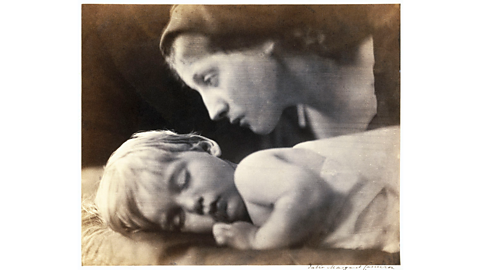
Image caption, This image is from 1865. Julia Margaret Cameron often photographed mothers with their children. It was unusual at that time to take portraits that showed such tenderness or to show close personal relationships such as between a mother and child.
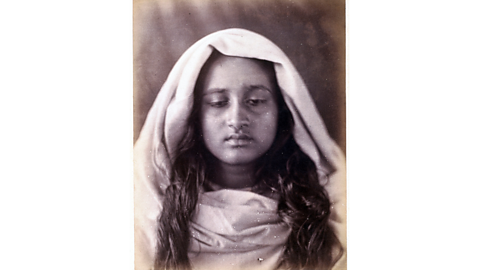
Image caption, This is a portrait of a Sri Lankan woman from around 1875-1878. In 1875 Julia Margaret Cameron moved to Sri Lanka with her husband. She would often photograph the people she met out there.
1 of 4
Activity
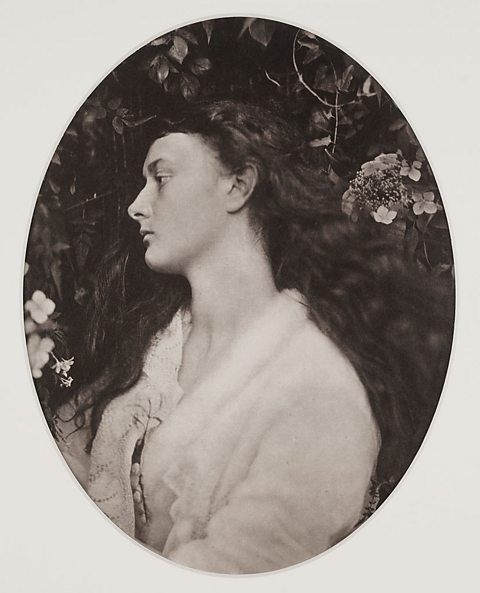
Why not take some photographic portraits of friends and family and make them look like Julia Margaret Cameron's?
You could use an image editing app to play around with the filters on your phone. Try to create a black and white image or maybe even a slightly blurred one.
You could even choose to add a frame like the one used in this photograph.

Did you know?
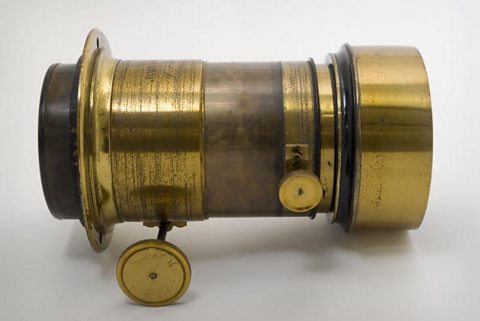
Julia Margaret Cameron made around 900 photographs over a 12-year period.
She was born in India because her father worked in the country for the East India Company, a British trading company.
Julia Margaret Cameron was one of the only female photographers at that time to become well-known.
Photography was invented in the 1800s. Cameron used one of the early styles of camera, which was made of wood.
Julia Margaret Cameron factfile
Quiz
Play Art Gallery Rescue. gamePlay Art Gallery Rescue
Help Lily and Will rescue the art gallery!

SATs preparation resources. activitySATs preparation resources
Get ready for the SATs papers with videos, activities, quizzes and games to refresh your knowledge and practise your skills.

More on Photography
Find out more by working through a topic
- count2 of 2
